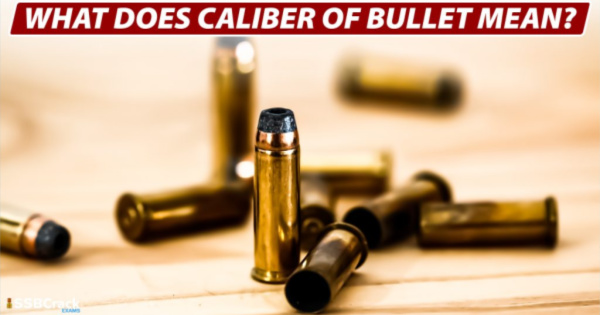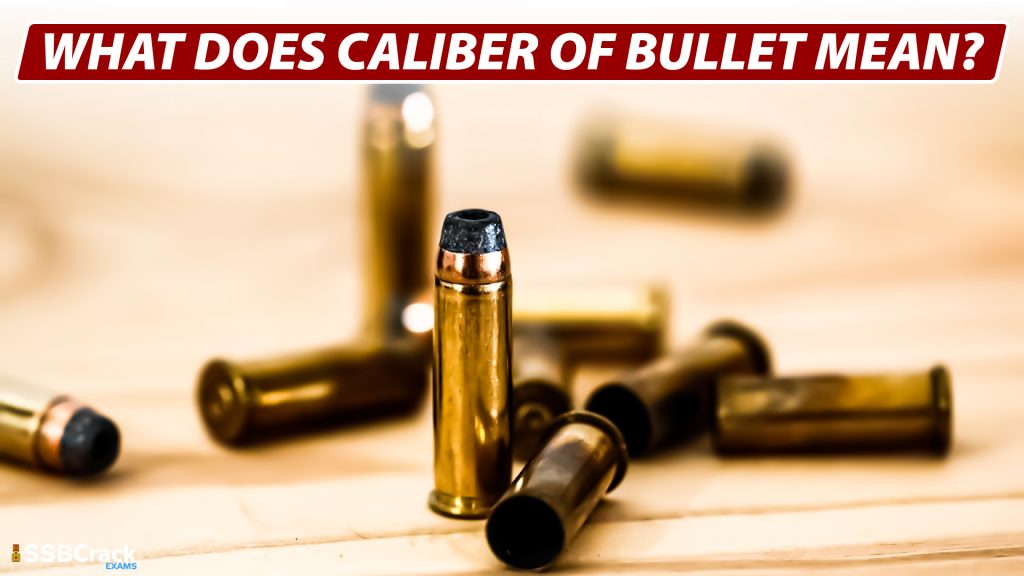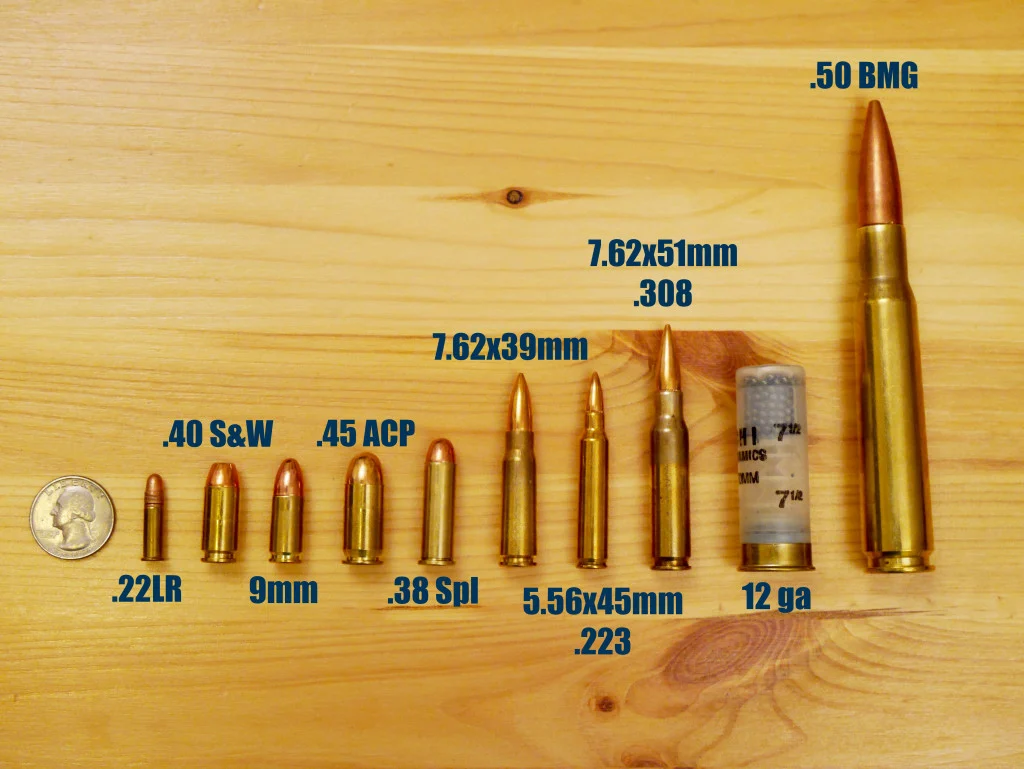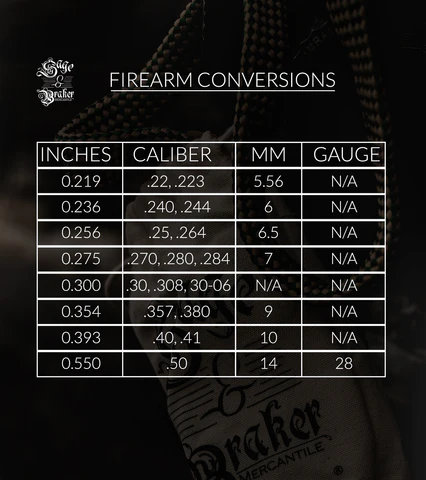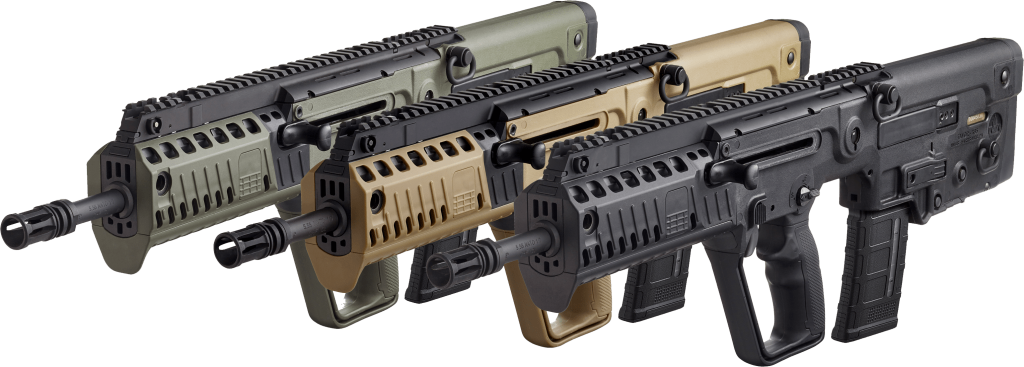Caliber Of Bullet: In the fields of armed forces, ammunition, and ballistics, the word Caliber gets thrown around quite a lot. We hear people talking about “.22 Caliber, .45 Caliber” etc. In this article, we seek to share much-needed info about the caliber of bullets and firearms.
What Does Caliber Of Bullet Mean?
Caliber in plain words
“The nominal bore diameter of a weapon a.k.a it’s internal diameter is referred to as caliber. It is measured in millimetres or inches. The phrase also refers to a bullet’s diameter.”
The numbers referring to the caliber have something to do with the weapon’s size. When a number is discussed in relation to bullets, the number being referred to is the “caliber” of the bullet. A caliber is a unit of measurement used to describe the size of a bullet. The diameter of the bullet is specifically mentioned. The caliber of a bullet is the measurement of the diameter of the slug (or projectile) element of the bullet cartridge.
The Tricky Math of Caliber
Caliber designations may give you a headache even if you are a math nerd because numbers are rarely accurate measures. For example, both the.38 Special and the.357 Magnum are 38 caliber, but the bullet diameter is 357 thousandths of an inch. And if you think that’s perplexing, wait till you hear the following fact. The diameter of a 9mm bullet is the same as that of.380 ACP and.38 Special ammo. Each of these cartridges launches a projectile with a diameter of.355 inches. The difference between each round is determined by the powder charges and cartridge length, not the projectile size.
Conversion of Caliber to Millimeters
Understanding how inches compare to millimetres is important since caliber is normally measured in inches. You may also convert caliber to millimeters and vice versa with this tool. Consider this a beginner’s guide to weapons math.
Each centimetre is readily split into 10 equal pieces if you look at a common grade school ruler. Each of these little hash marks is one millimetre long. When you compare the centimetre and inch sides of the ruler, you’ll notice that one inch equals 2.54 cm. (This was not anything I saw with my naked sight.) I took use of my arithmetic superpowers and cheated.) Multiply the measurement in inches by 25.4 to convert caliber to millimeters. To convert millimeters to inches, multiply the diameter in millimeters by 25.4 to find the caliber of the bullet.
How to calculate the Caliber of a Firearm?
Checking the barrel or chamber of a weapon is the simplest and fastest technique to identify its caliber. The caliber of the rifle is usually printed right there on the firearm. The imprinted writing on vintage rifles might be difficult to read. If you can’t read the caliber stamp and don’t know the firearm’s model, you’ll have to take some extra time to measure the caliber yourself.
A rifled barrel’s caliber is usually determined in one of two methods. (These rules do include some exceptions, as they usually do.)
- By calculating the distance between the rifling’s high points (sometimes referred to as “lands”). The caliber of most cartridges designed outside of the United States is determined by land measures.
- By determining the opposing low spots in the rifling grooves. Groove measures are, by definition, bigger than land measurements. Groove measures are used by the majority of cartridges from the United States.
Caliber vs Gauge
The gauge is a measurement of a shotgun barrel’s internal diameter, whereas caliber refers to the diameter of rifle and handgun projectiles. A.410, on the other hand, is the caliber of a tiny shotgun that is never referred to as a 6712-gauge. Before accurate instruments were enabled for exact measuring, gauges were established hundreds of years ago.
Conclusion
Defence enthusiasts would attest to the fact that the details do matter in arms and ammunition. It is good for defence aspirants to have a basic idea of the intricacies of this field. Check out SSBCrackExams for more helpful info for aspirants.
To crack the SSB Interview and join the Indian Armed Forces as an Officer, You can join our SSB interview live classes batch and we recommend you to Enroll SSB INTERVIEW ONLINE COURSE. Trusted by thousands of defence aspirants.
Also Read:
